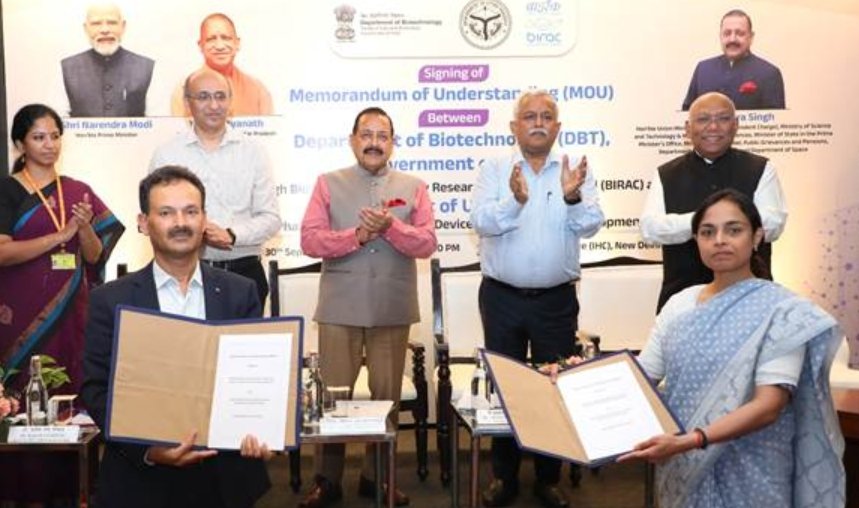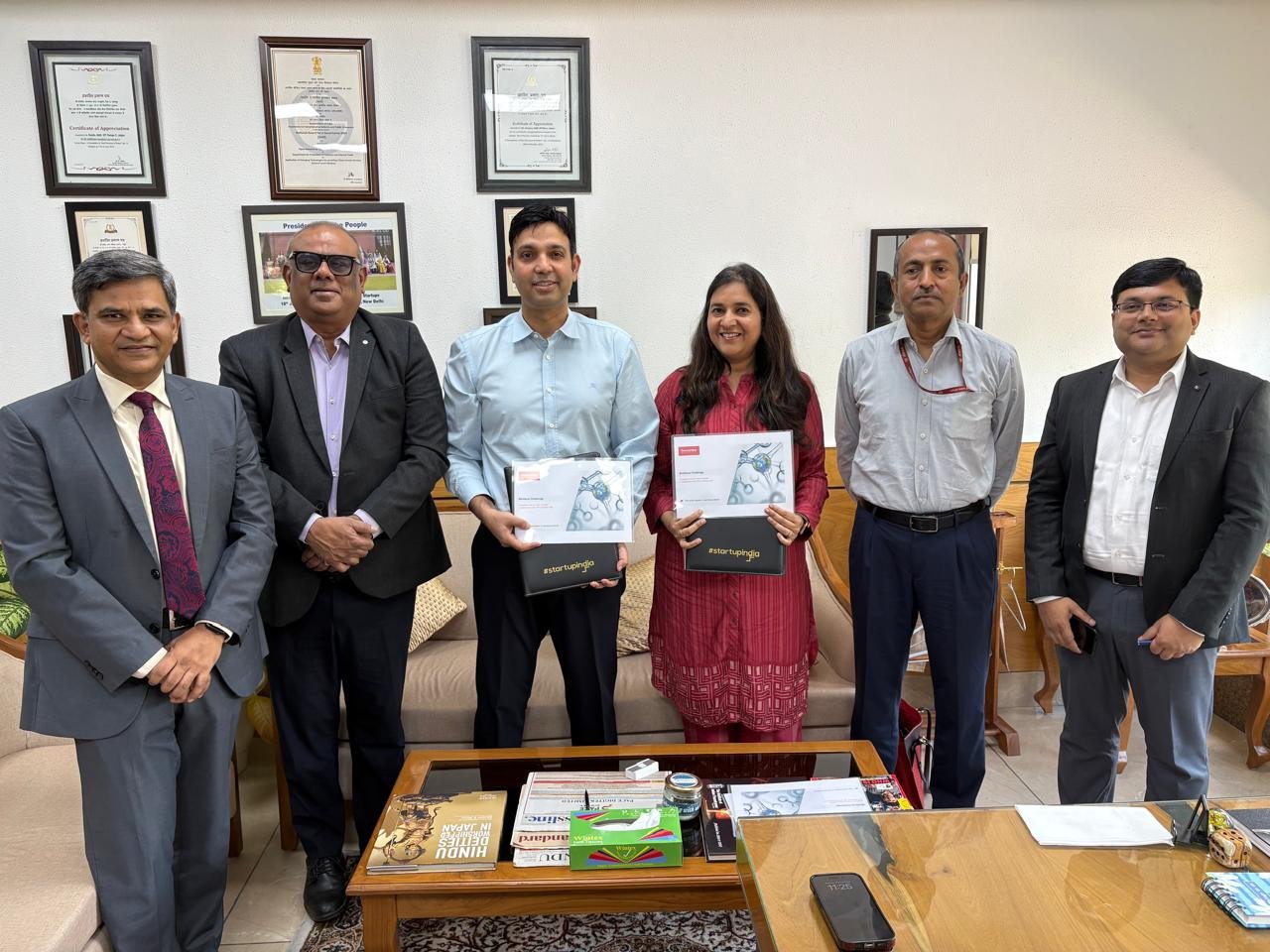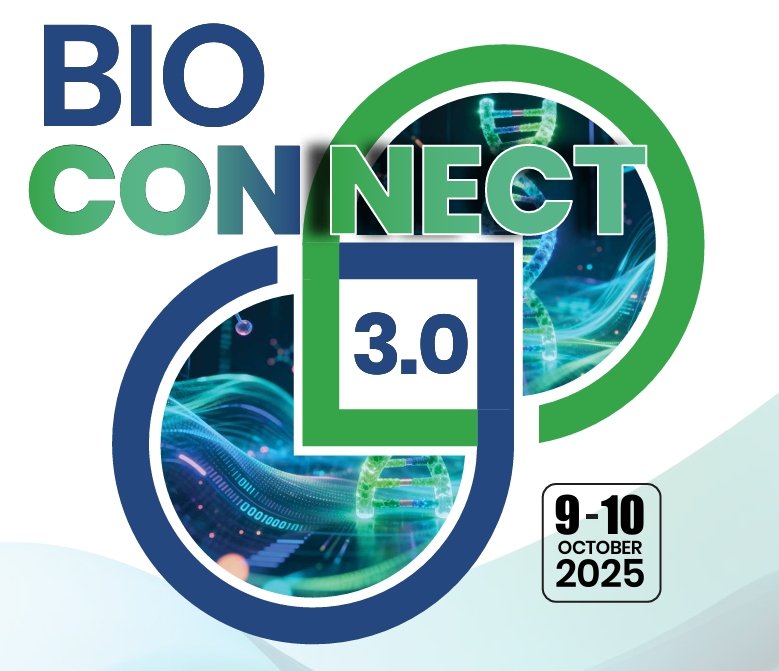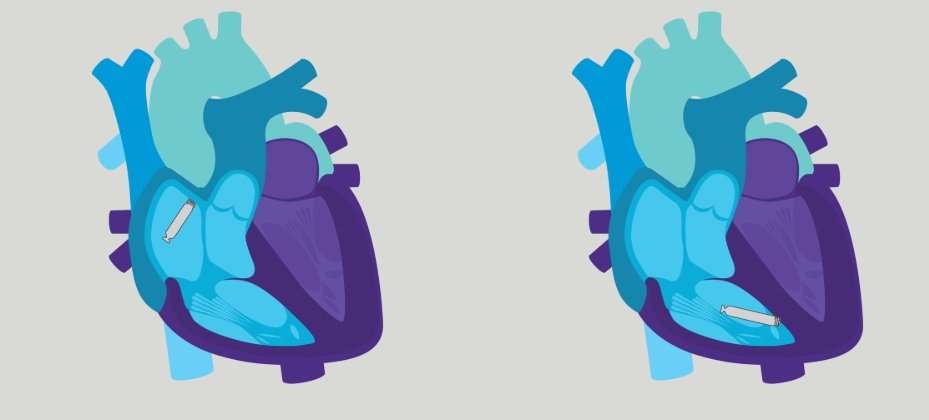“Persistent Systems provides custom solutions for life sciences industries�
April 08, 2009 | Wednesday | News
“Persistent
Systems provides custom solutions for life sciences
industries”
 —Dr Armaity
Davierwala, senior life science domain consultant, Persistent Systems
Armaity Davierwala has
been associated with Pune-based Persistent Systems Limited since 2004
as a senior life science domain consultant helping with the domain
aspect of various projects. In an exclusive interview with BioSpectrum
Armaity shares her views about Persistent’s life
sciences business
Tell us about
Persistent’s life sciences business?
—Dr Armaity
Davierwala, senior life science domain consultant, Persistent Systems
Armaity Davierwala has
been associated with Pune-based Persistent Systems Limited since 2004
as a senior life science domain consultant helping with the domain
aspect of various projects. In an exclusive interview with BioSpectrum
Armaity shares her views about Persistent’s life
sciences business
Tell us about
Persistent’s life sciences business?
The life sciences group at Persistent, has nearly a decade of
experience and has effectively combined science and information
technology to provide solutions for some of the top pharmaceutical,
equipment and medical device vendors. In addition we also strongly work
with academia: some of the leading universities and cancer
centers.
Our life sciences business unit is one of the fastest
growing verticals at Persistent, contributing to 10-15 percent of our
revenue. We have over 400 people working on projects related to life
science. Our team at Persistent includes 40 life science domain experts
and several PhDs providing domain support to our several projects.
What are your life
sciences product offerings?
Persistent Systems provides custom solutions for life sciences
industries. We focus on four main domains viz. bioinformatics, clinical
informatics, medical devices and instrumentation, and lab automation.
We have expertise in 21 CFR Part 11 and HIPAA, since these are of
extreme importance to the Pharma and healthcare industries. We also own
a product called ChemLMS, which is a laboratory information management
system (LIMS) that is deployed at several pharma companies worldwide.
We are also doing a lot of work around cancer research. We are closely
associated with the cancer biomedical informatics grid (caBIG)
initiative from its inception. We are one of the leading providers of
outsourced product development (OPD) services in the caBIG network, and
have been named a caBIG support service provider by the National Cancer
Institute (NCI). caBIG is a standards-based nationwide network that
provides a grid infrastructure, data repositories, interoperable
software and policy guidelines to enable data sharing and collaboration
across the biomedical research community, with the goal of accelerating
the realization of personalized medicine
Is Persistent active
in the LIMS space? If yes what are some of your products and
technologies?
Yes, Persistent is very active in the LIMS space. We also own a product
called ChemLMS, which is a LIMS that is deployed at several pharma
companies worldwide.
In addition we also develop custom LIMS solutions, maintain and enhance
industry-standard LIMS, customize LIMS for additional functionality,
work flow and scalability; integrate LIMS with different laboratory
instruments, data sources, and third party applications and provide
support and training.
Some of the LIMS Persistent has worked on include:
- Design and development of a custom LIMS for a public health
laboratory for virology.
- Web-based LIMS for managing pre-clinical studies.
- Web-based LIMS for high-throughput labs like microarray,
proteomics and flow cytometry.
- Design and development of a caBIGTM compatible biobanking
system
What are your plans
for the year ahead? Will you be looking for partnerships in this space?
The life sciences industry is seeing an increasing need to develop
software tools to manage their data and analyze it quickly and
meaningfully to increase their productivity and
profitability.
The greatest concerns to the industry today, are escalating drug
discovery costs and thinning drug pipelines. Developing software and
predictive analytic tools for identifying lead compounds would enable
the pharmaceutical industry to address this concern. Clinical trials
are now being performed across multiple geographies and there is a need
to manage this data and carry out predictive analytics on clinical
trial performance management.
Medical researchers face the challenge of integrating heterogeneous
data generated by automated high-throughput technologies and
correlating it with patient data to get meaningful information and
enable personalized medicine. This approach, called “bench to
bedside”, is becoming increasingly popular.
Jahanara Parveen


 —Dr Armaity
Davierwala, senior life science domain consultant, Persistent Systems
—Dr Armaity
Davierwala, senior life science domain consultant, Persistent Systems






